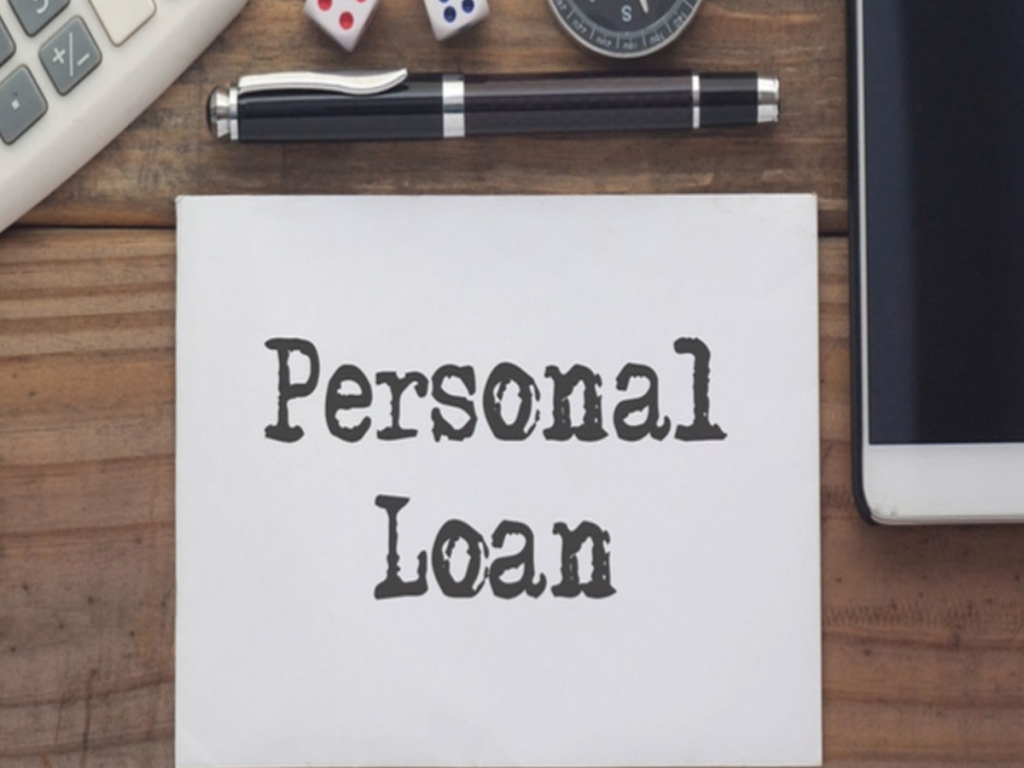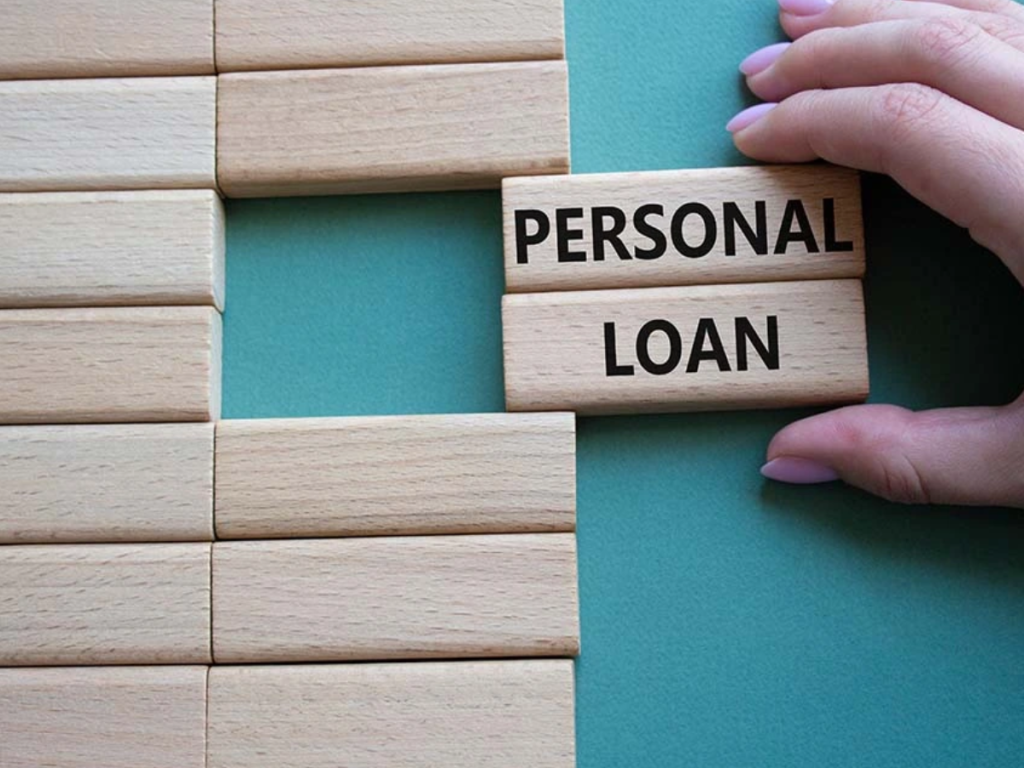Introduction
Emergencies can happen without any prior notice, often leading to unexpected financial burdens. When faced with urgent financial needs, many individuals consider taking out a personal loan as a solution. However, taking a personal loan for an emergency is a decision that requires careful thought and consideration. While a personal loan may provide immediate relief, it is important to evaluate all aspects before making a commitment. In this article, we will explore the key factors you should consider before taking a personal loan for an emergency.
1. Understanding the Urgency and Necessity
The first step before taking any loan, especially for an emergency, is to assess whether the situation truly demands immediate borrowing. Emergencies, such as medical expenses, home repairs, or urgent car repairs, may warrant quick action, but it is essential to determine if the situation is life-threatening or essential enough to require a loan. If the problem can be deferred or resolved through other means, such as insurance coverage or payment plans, consider exploring those options first.
In some cases, it may be possible to negotiate a payment extension or find a temporary solution that doesn’t involve borrowing money. Weighing your options can give you more clarity and ensure that you are not rushing into a decision that may have long-term consequences.
2. Assessing Your Financial Situation
Before committing to a personal loan, it’s critical to thoroughly assess your current financial situation. A personal loan is a commitment that must be repaid, so you need to ensure that you can manage the repayment terms without causing further financial strain.
Begin by evaluating your monthly income, expenses, and current debts. Calculate how much you can afford to pay each month toward the loan, keeping in mind that you will still need to meet other essential financial obligations. This will help you determine if you can comfortably handle the additional loan payments without compromising your financial stability.
If you already have outstanding debts, taking on a new loan may increase the risk of financial stress, especially if your debt-to-income ratio is already high. Consider whether taking out a loan is the best way to handle your emergency or if other solutions, such as a payment plan or assistance from family and friends, might be more feasible.
3. Loan Amount and Purpose
It is crucial to borrow only the amount that you truly need. Personal loans typically come with fixed loan amounts, so it’s easy to be tempted to borrow more than necessary. However, the higher the loan amount, the higher the repayment burden will be. Borrowing more than you need will only add to your financial strain in the long run.
Before applying for the loan, take a moment to break down the emergency cost and determine the exact amount you require. This will not only help you borrow responsibly but also ensure that you don’t take on unnecessary debt. Additionally, using the loan for its intended purpose — such as medical expenses, home repairs, or replacing essential items — ensures that the loan fulfills its objective and doesn’t get used for non-essential purchases, which can add further financial complications.
4. Interest Rates and Loan Terms
One of the most important factors when taking out any loan is the interest rate. Personal loans typically have fixed or variable interest rates, and the rates can vary significantly depending on the lender, your credit history, and the loan term.
A loan with a lower interest rate may seem more attractive, but keep in mind that some lenders charge high rates for personal loans, especially if you have poor credit. A high-interest rate means you will end up paying more over the life of the loan, even if the principal amount is relatively small. Take time to shop around for the best loan terms, compare interest rates from different lenders, and look at the total cost of the loan, including interest and any additional fees.
Also, be sure to understand the loan’s repayment terms, including the length of the loan and monthly payments. Shorter loan terms often come with higher monthly payments, but they allow you to pay off the loan more quickly and save on interest in the long run. Conversely, longer terms may lower your monthly payments but increase the total interest paid over time.
5. Credit Score Impact
Your credit score plays a significant role in determining your eligibility for a personal loan and the interest rate you’ll be offered. If you have a high credit score, you may qualify for loans with better terms and lower interest rates. However, if your credit score is lower, you might face higher interest rates or even be denied for a loan altogether.
It’s important to understand how your credit score will impact the loan terms you receive. If your score is below average, you might want to explore other options, such as borrowing from family or friends, or considering a secured loan where you provide collateral to the lender. Additionally, if your credit score is low, borrowing could negatively affect your credit, so carefully weigh the pros and cons before proceeding.
6. Fees and Hidden Charges
Before finalizing a loan agreement, it’s essential to examine the loan for any hidden fees or charges. Lenders may impose various fees, such as origination fees, late payment fees, prepayment penalties, or processing charges. These fees can significantly increase the overall cost of the loan, even if the interest rate seems reasonable at first glance.
Make sure to inquire about all potential fees before agreeing to a loan. Read the fine print of the loan agreement and clarify any aspects you don’t understand with the lender. This will help you avoid surprises down the line and ensure you are fully aware of your financial commitment.
7. Repayment Flexibility
Emergencies can be unpredictable, and your financial situation may change over time. Therefore, it’s important to consider the flexibility of the loan’s repayment terms. Some lenders offer the option to modify repayment schedules in case of financial hardship, while others may charge penalties for missed payments or early repayment.
If you anticipate that your financial situation might change in the future, it’s worth looking into lenders that offer flexible repayment options. For example, some loans may allow you to make extra payments without penalties, or even defer payments for a short period if you face a temporary setback. These options can provide much-needed breathing room if your circumstances shift unexpectedly.
8. Impact on Future Financial Goals
Taking out a personal loan for an emergency may affect your ability to pursue other financial goals, such as saving for retirement, purchasing a home, or investing in education. When you take on debt, it can limit your ability to allocate funds toward other important life goals.
Consider how the loan will fit into your broader financial picture. Will the loan payment impact your ability to save or invest? How will the debt affect your credit score and financial future? Carefully evaluate whether taking the loan now could hinder your long-term financial goals or if it’s necessary to prioritize your immediate needs over future plans.
9. Exploring Alternatives
Before committing to a personal loan, it’s worth exploring alternative options to see if there is a more affordable or manageable solution to your emergency. Depending on the nature of the emergency, you may have access to other resources, such as:
- Health Insurance: If you are dealing with a medical emergency, your health insurance policy may cover a significant portion of the costs.
- Emergency Savings Fund: If you have an emergency fund, it might be worth dipping into that savings rather than taking on debt.
- Family or Friends: Borrowing from family or friends could offer more favorable terms, such as lower interest rates or no interest at all.
- Credit Cards: In some cases, using a credit card might be a viable option, particularly if you have a low-interest credit card or can qualify for a promotional 0% interest offer.
Each of these options comes with its own set of pros and cons, and it’s important to consider how they will impact your finances both now and in the future.
10. Long-Term Financial Health
Finally, when deciding whether to take a personal loan for an emergency, it’s essential to consider the long-term implications on your financial health. While a personal loan may provide short-term relief, taking on debt can create a long-lasting burden if you’re not careful.
Take a long-term perspective on the loan and ask yourself whether you will be able to comfortably manage the repayment in the future. Consider how your financial situation might evolve over the repayment period, and whether taking on this debt could make it harder to meet other financial goals in the coming years.
Additionally, if you take out a loan and struggle to repay it, you could end up damaging your credit score, which will affect your ability to borrow money in the future. Avoid rushing into the decision without carefully thinking about how the loan will impact your financial well-being.
Conclusion
Taking a personal loan for an emergency can be a valuable financial tool if used wisely, but it’s important to approach the decision with caution. Assess your current financial situation, consider all available options, and weigh the long-term consequences of borrowing. By understanding the loan terms, evaluating alternatives, and making an informed decision, you can navigate the emergency without putting your financial future at risk.
Before moving forward, take your time, review the details, and ensure that taking out a personal loan is truly the best option for your situation.

